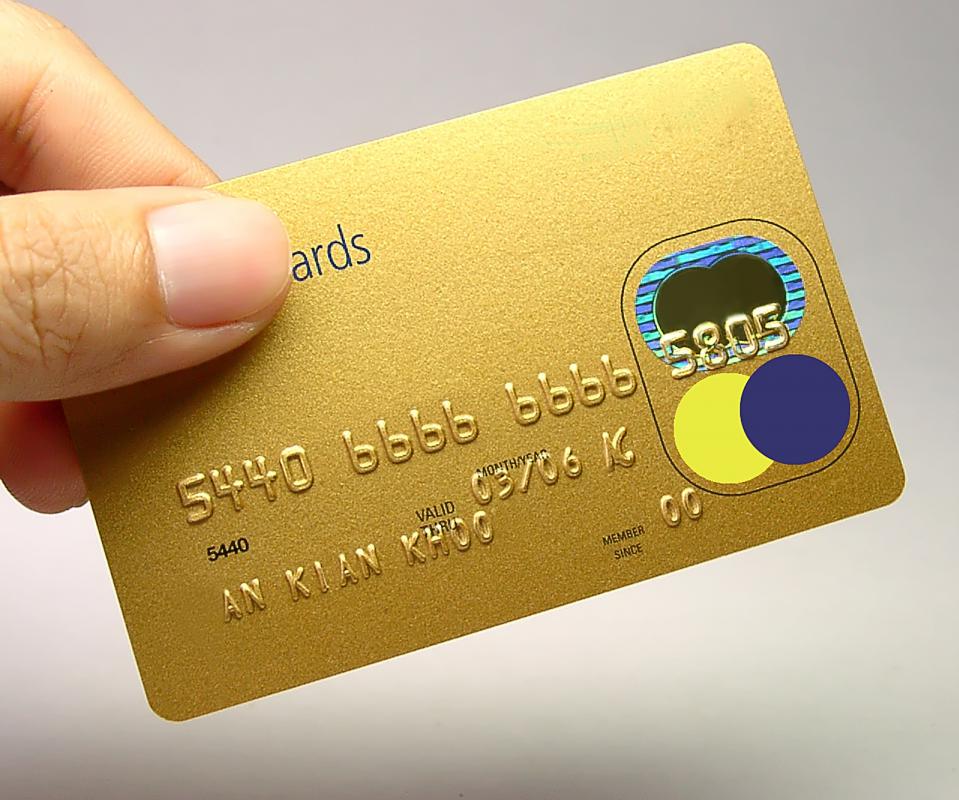At WiseGEEK, we're committed to delivering accurate, trustworthy information. Our expert-authored content is rigorously fact-checked and sourced from credible authorities. Discover how we uphold the highest standards in providing you with reliable knowledge.
What is a Credit Card Chargeback?
A credit card chargeback is the reversal of a credit transaction. It occurs when either the card issuer or the card owner challenges a charge on a credit card account. The credit card company or issuing bank investigates the claim, and if the charge is found to be unauthorized, fraudulent, or mistakenly billed, a chargeback will be issued and the cardholder will no longer be responsible for paying.
Most credit cards are generally issued through a bank, not the actual credit card company. When a credit card chargeback occurs, that bank reverses the transaction by removing the charge from the cardholder’s billing statement. If the cardholder has already paid the amount before the chargeback occurs, the issuing back will reinstate the amount of the transaction onto the cardholder’s line of available credit.

There are many instances when a chargeback can be implemented. If a cardholder is charged incorrectly for a transaction, such as in the event of a cashier running the card twice or for a wrong amount, the credit card company would provide a chargeback to the cardholder if there was sufficient evidence of the mistake. A chargeback can also be given if a transaction was posted to the wrong account number entirely due to manual entry error.

A credit card chargeback can also be implemented if a cardholder receives unsatisfactory products or services and requests a refund. The merchant or seller would be responsible for contacting the credit card company to refund the amount. If the merchant does not voluntarily reissue the funds to the customer’s card, the customer can file for a chargeback. This type of chargeback is often used in online sales, especially online auctions, if a person never receives the goods he or she was charged for.

If a cardholder’s account information is obtained by another person and used without the cardholder’s knowledge, he or she can dispute any fraudulent charges. The cardholder generally has within 60 days to contact the credit card company and report the identity theft in order to receive a credit card chargeback. These type of chargebacks are more common in online sales or when a person is not required to sign for purchases, such as self-serve lines at stores or gas stations.
Credit card companies have systems in place to reduce the need for credit card chargebacks. They may recommend that businesses use automated credit card machines that don’t require the credit card account number or transaction amount to be entered in manually. Some companies may also have cardholders provide address verification in order to prevent fraudulent charges due to identity theft.
AS FEATURED ON:
AS FEATURED ON:













Discussion Comments
In the event of fraudulent online transaction, when the cardholder filed a chargeback to the bank with full proof, etc., and then the bank credited back to the cardholder, so what happened with the merchant?
Chargebacks happen due to the negligence of the provider or due to the customer. People first must understand all the terms and conditions outlined and after all if it goes against what we had thought, then we can go for a chargeback.
Post your comments